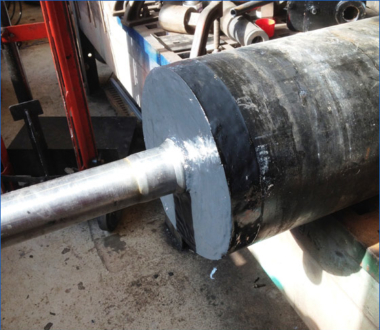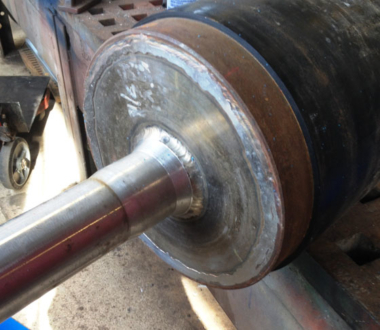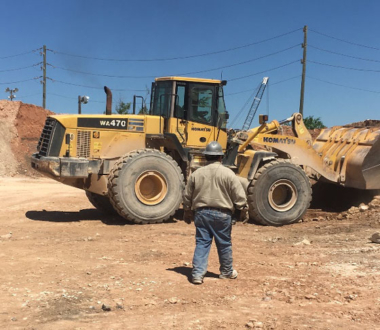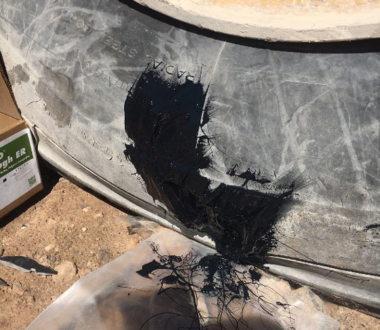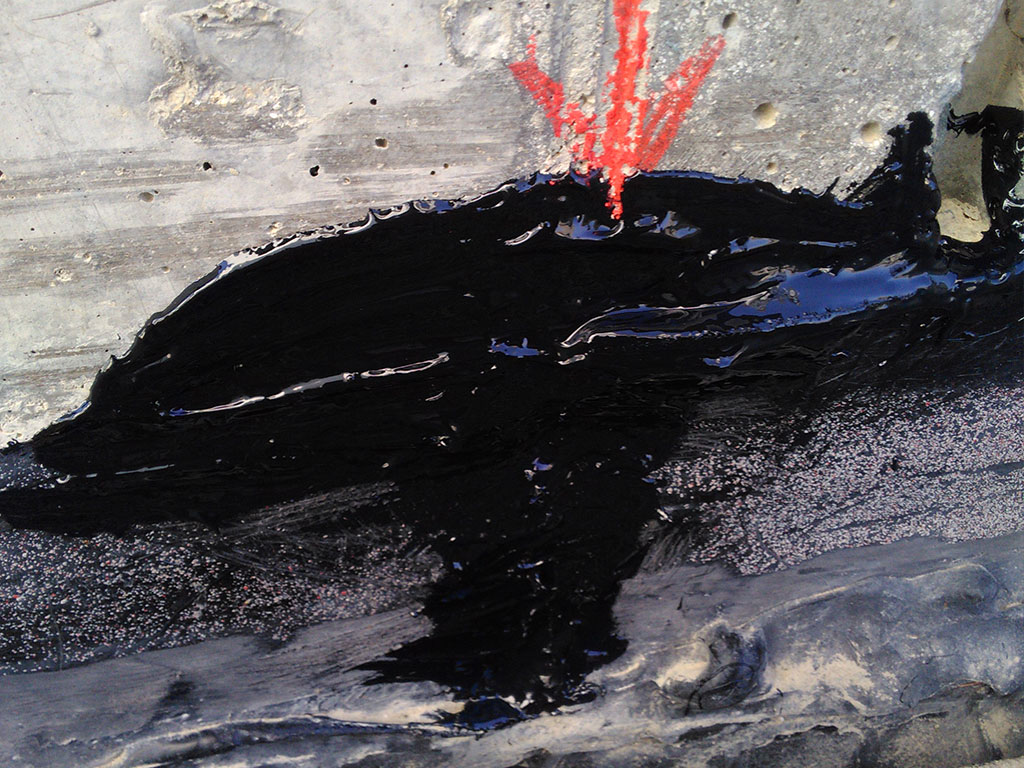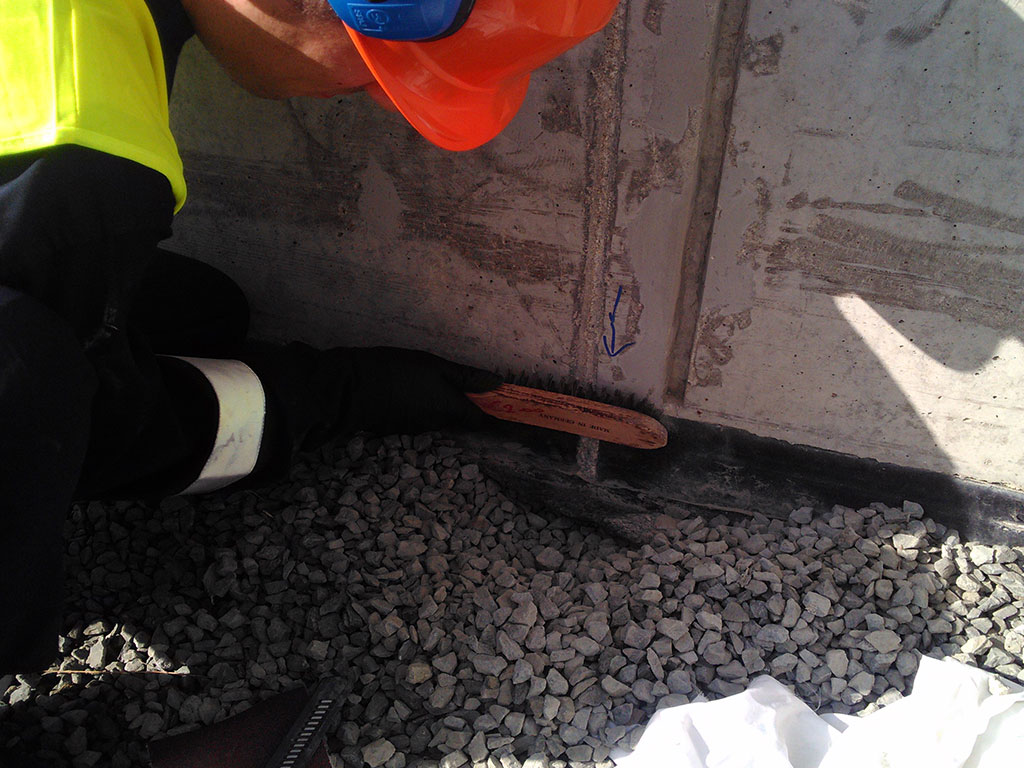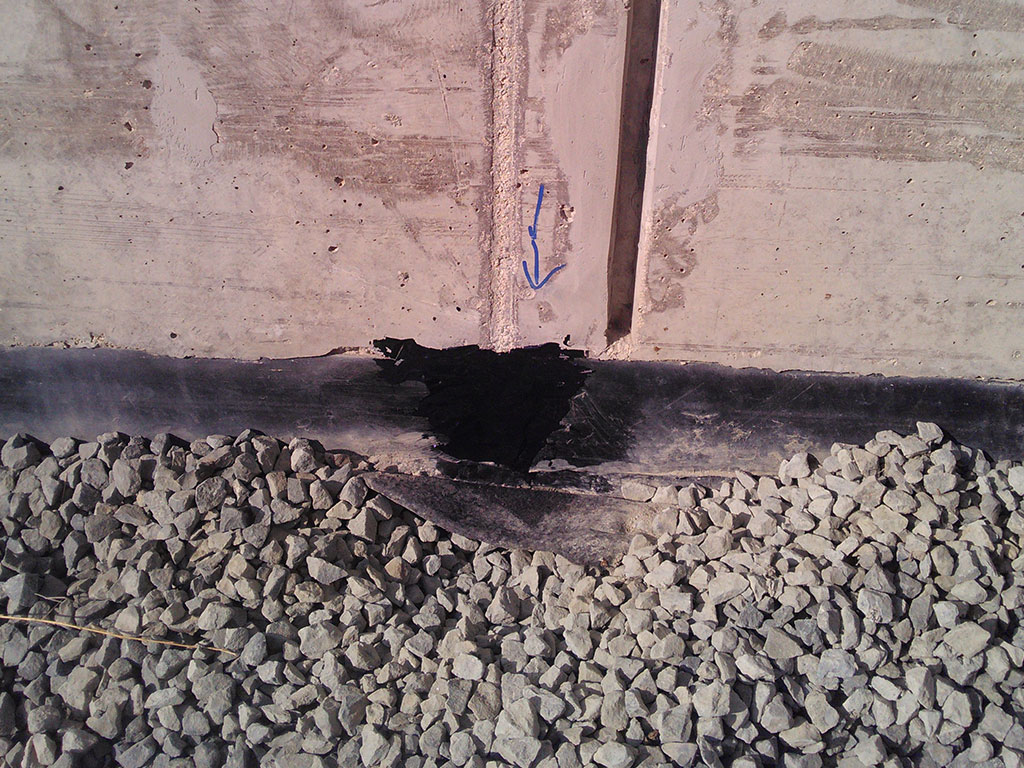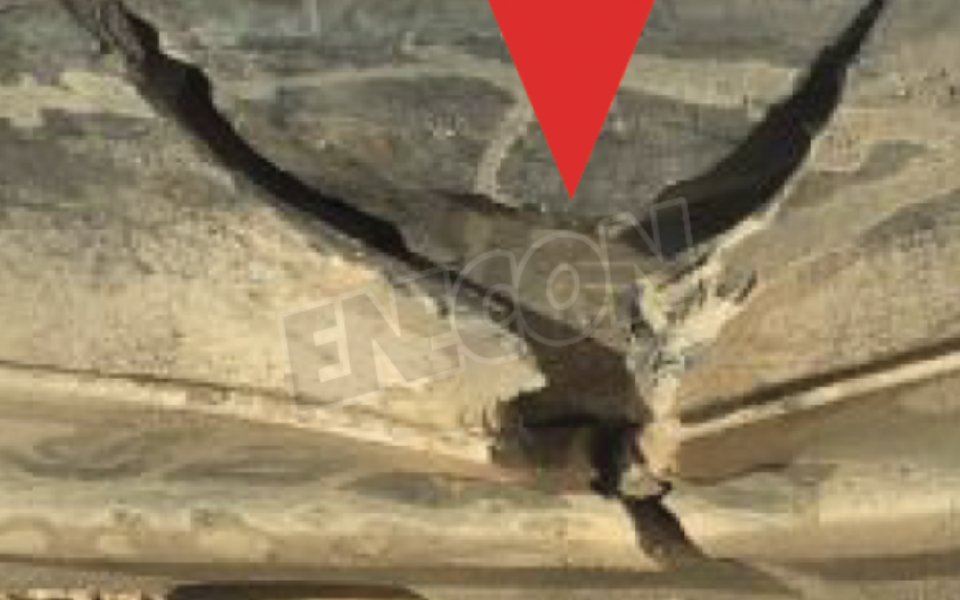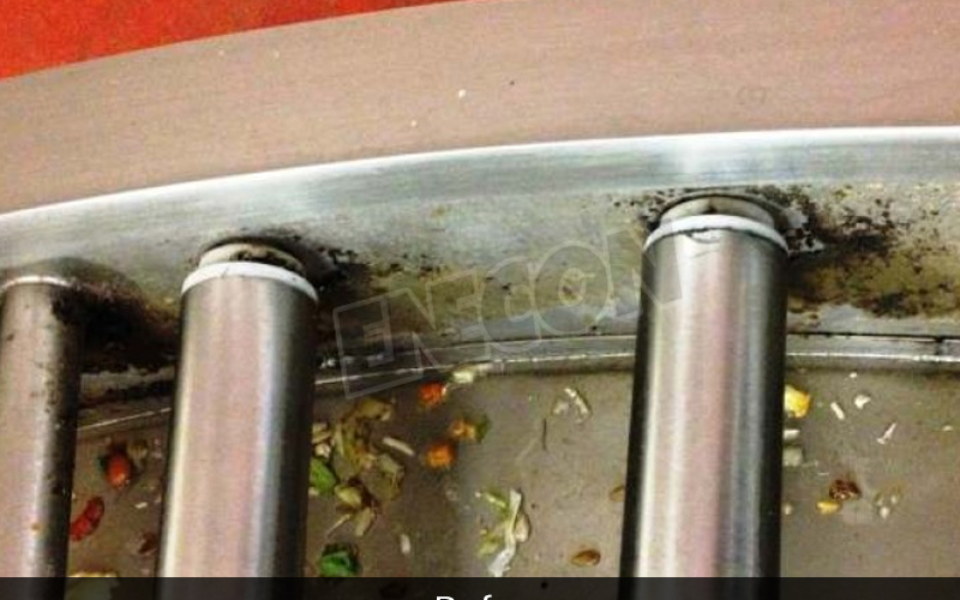REVOLUTIONARY ELASTOMERIC POLYMER COMPOSITE REPAIRS, RESURFACES & PROTECTS FLEXIBLE COMPONENTS.
FLEXICLAD ER is a two component, 100% solids, trowelable polymer composite that has been specifically formulated to repair damaged flexible components such as conveyor belts, hoses, off-road tire sidewalls, etc.
FLEXICLAD ER is a very unique material that requires no primer, bonds to most rubber / flexible materials and cures at ambient temperatures – no heat is required. It is safe and simple to use and no special tools are needed. It can be used to create irregular flexible gaskets on distorted flange faces or to create a resilient bond for metal, wood, etc. It can also be used to seal / caulk heat exchanger water boxes to tube sheet faces or to seal joints in condensate pans, cooling tower pans, etc. FLEXICLAD ER is an indispensable addition to any maintenance engineer’s tool box.
FLEXICLAD ER is ideal for sealing joints and seams on machinery and equipment that are prone to vibration or movement – and wherever flexible repairs are required:
- Conveyor Belts
- Hoses
- Damaged Sidewalls On Off Road Tires
- Resilient Bonding of Metals, Woods, etc.
- Creating / Repairing Flexible Seals, Gaskets & Seats
- Expansion Bellows
Related Images
Flexiclad ER
| Mixing ratio | Base | Activator |
|---|---|---|
| By Volume | 2 | 1 |
| By Weight | 1.8 | 1 |
Working Life and Cure Times
| Ambient Temperature | Working Life | Return to Service | Full Cure | |
|---|---|---|---|---|
| 41°F | 5°C | 50 min. | 8 hrs. | 5 days |
| 59°F | 15°C | 30 min. | 6 hrs. | 4 days |
| 77°F | 25°C | 16 min. | 3 hrs. | 3 days |
| 86°F | 30°C | 12 min. | 45 min. | 36 hrs. |
Physical Properties
| Typical Values | Test Method | ||
|---|---|---|---|
| Hardness - Shore D | 15 | ASTM D-2240 | |
| Elongation | 175% | ASTM D-2370 | |
| Tensile Shear Adhesion | |||
| Steel | 500 psi | 35 kg/cm2 | ASTM D-1002 |
| Copper | 500 psi | 35 kg/cm2 | ASTM D-1002 |
| Both cases exhibited cohesive failure in the FLEXICLAD® ER itself. | |||
| Note: Adhesion to most rubber substrates when properly prepared is greater than the cohesive strength of the rubber substrate. | |||
Chemical Resistance
| Acetic acid (10%) | G | Nitric acid (0-10%) | G |
| Aviation fuel | G | Phosphoric acid (0-5%) | EX |
| Butyl alcohol | G | Phosphoric acid (5-10%) | G |
| Calcium chloride | EX | Potassium chloride | EX |
| Crude Oil | EX | Propyl alcohol | G |
| Diesel fuel | EX | Sodium chloride | EX |
| Ethyl alcohol | G | Sodium hydroxide | EX |
| Gasoline | G | Sulfuric acid (0-10%) | EX |
| Hydrochloric acid (0-10%) | EX | Sulfuric acid (10-20%) | G |
| Hydrochloric acid (10-20%) | EX |
EX - Suitable for most applications including immersion
G - Suitable for intermittent contact, splashes, etc.



